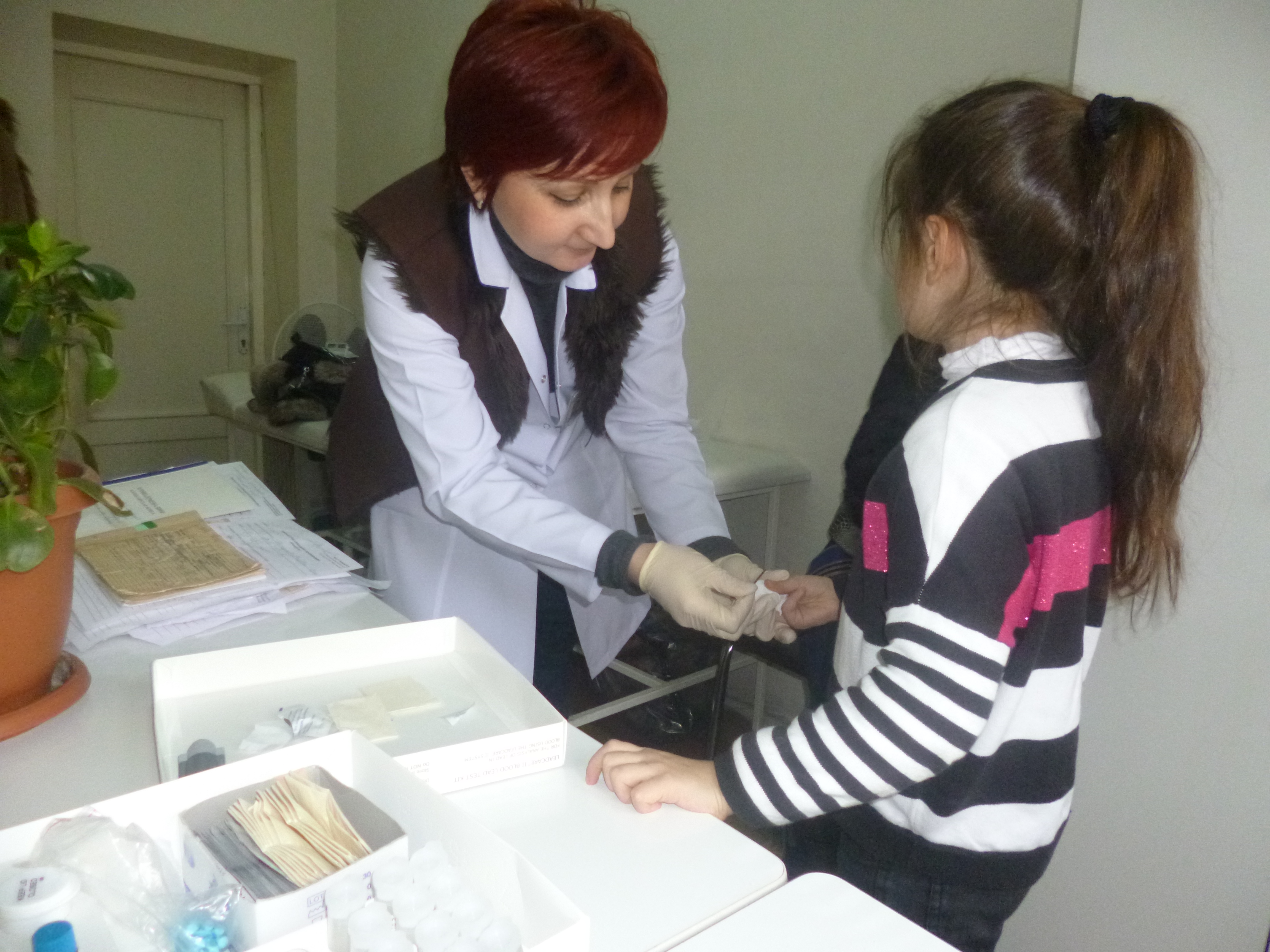
AUA School of Public Health Publishes on Blood Lead Levels of Children in Metal Mining and Smelting Communities
2 min readYEREVAN, Armenia – On September 8th, 2016 the BioMed Central (BMC) Public Health, an open access peer-reviewed journal, published the article “Risk factors for children’s blood lead levels in metal mining and smelting communities in Armenia: a cross-sectional study”, which looked into the impact of environmental pollution with heavy metals through anthropogenic activities – metal mining and smelting – on the health of young children living in adjacent communities.
The article presents the details of a cross-sectional study conducted among 159 children from Alaverdi, Akhtala and the Erebuni district of Yerevan, born between the years of 2007-2009. This served as a follow up to several environmental risk assessment studies conducted within communities adjacent to metal mining and smelting industries in Armenia, and aimed at assessing the importance of interaction between the environment and the human body. For this purpose, a special portable LeadCare II Blood Lead Analyzer was used to assess the blood lead levels. The results revealed that 68.6% of the children had blood lead levels above the US CDC defined reference level 5 μg/dl, with children from Akhtala having the highest level of exposure (83.8%), followed with Alaverdi (72.5%) and Erebuni district of Yerevan (52.8%). The study identified distance of residence from the toxic source, frequency with which home furniture was dusted and the education level of caregivers as important risk factors for blood lead levels in children. These findings demonstrate the urgent need for tighter environmental regulations and enforcement of safe industrial practices in Armenia in addition to community-specific interventions that could help to minimize children’s exposure to heavy metals.
Three of the authors are alumni of the American University of Armenia (AUA) School of Public Health: lead author Dr. Ruzanna Grigoryan (MPH 2007, MSc degree candidate in the London School of Economics and Political Science), Dr. Dzovinar Melkom Melkomian (MPH 2011, CHSR Research Associate) and Dr. Vahe Khachaturian (MPH 2011, PhD in Epidemiology candidate at UCLA Fielding School of Public Health).
Reference to the article:
Grigoryan R, Petrosyan V, Melkom Melkomian D, Khachadourian V, McCartor A, Crape B. Risk factors for children’s blood lead levels in metal mining and smelting communities in Armenia: a cross-sectional study. BMC Public Health 2016, 16:945. DOI: 10.1186/s12889-016-3613-9.
Link: http://www.biomedcentral.com/1471-2458/16/945
Pure Earth (formerly Blacksmith Institute) provided funding for this project. The Prime Minister’s office and Ministries of Health and Environmental Protection approved the assessment of blood lead levels in young children.
The AUA School of Public Health works actively to improve population health and health services in Armenia and the region through interdisciplinary education and development of public health professionals to be leaders in public health, health services research and evaluation, and health care delivery and management.
